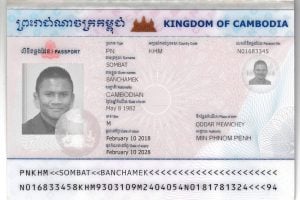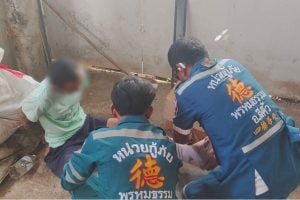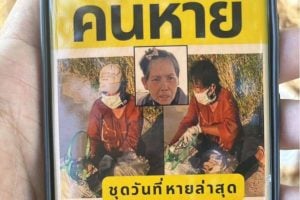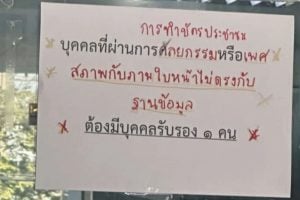Fishy business: Mutant fish found in the Mekong River
Toxic fish scandal leaves riverside communities in crisis
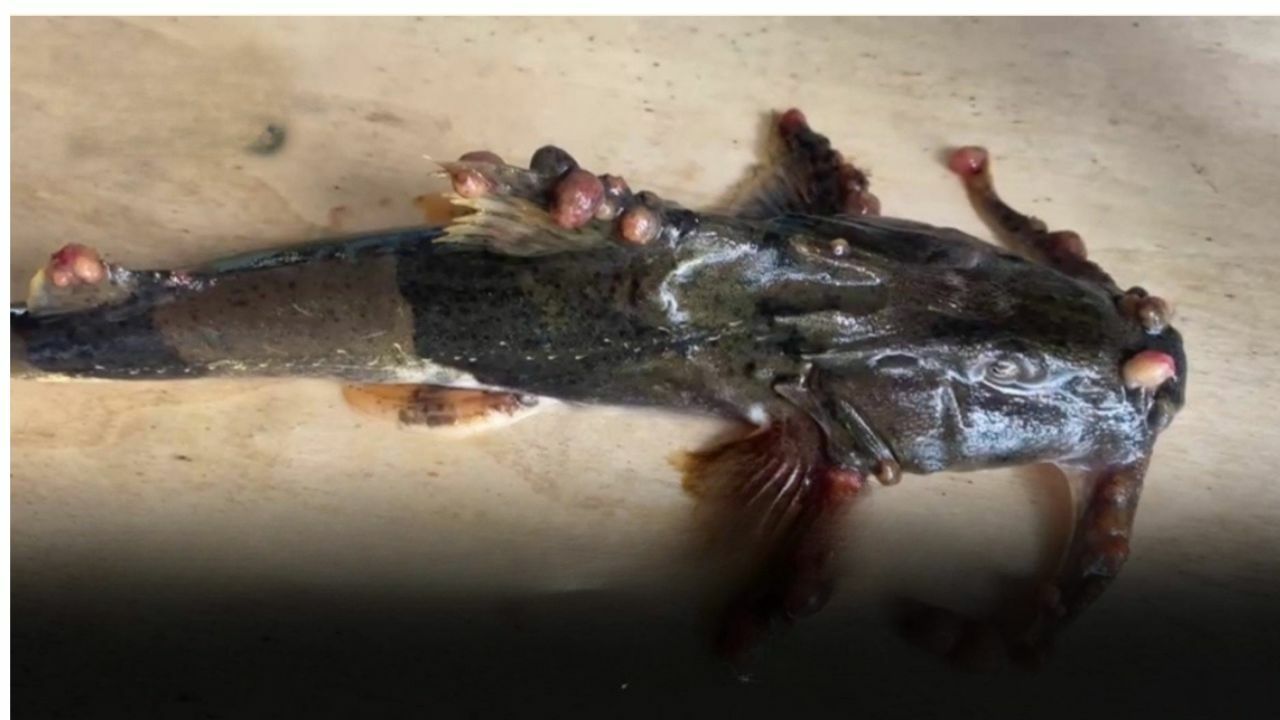
A growing contamination crisis is threatening the lifeblood of northern Thailand after another mutant pla kae fish was pulled from the Mekong River, the latest in a string of blighted catches leaving fishermen broke, rivers poisoned, and locals fearing for their food supply.
The Rivers for Life Association, monitoring the alarming surge in sick fish across the region, confirmed on June 10 that the infected species was found in Chiang Rai province. The fish, riddled with blisters, is one of many showing signs of disease in the Kok, Mekong, Sai and Ruak rivers, sparking fears that heavy metal pollution is to blame.
Fishermen, already struggling with plummeting sales, now face complete financial collapse, said Boonsuk Suwandee, a fisherman from Ban Sop Kham.
“We used to sell to fishmongers regularly. Now they don’t want our fish. We’ve had to move to the marshes to survive.”
At the heart of the crisis is growing suspicion that toxic waste from nearby mining operations has leaked into the waterways. Although recent lab tests haven’t officially breached government safety limits, they paint a worrying picture.


In April and May, three rounds of water and fish testing by Chiang Mai’s Provincial Central Laboratory found consistent levels of mercury, arsenic, and lead in carnivorous fish:
-
April 11 (Chiang Rai Dam): Arsenic 0.013 mg/kg, Mercury 0.09 mg/kg
-
April 28 (Mekong, Chiang Saen): Mercury 0.14 mg/kg, Lead 0.05 mg/kg
-
May 1–2 samples:
-
Pong Na Kham: Mercury 0.054 mg/kg, Lead 0.11 mg/kg
-
Chiang Rai Weir: Mercury 0.089 mg/kg
-
Kok River, Wiang Subdistrict: Mercury 0.13 mg/kg
-
While technically within Thai safety thresholds, the results have done little to reassure the public, especially as visible signs of sickness in the fish worsen, reported Thai PBS.
The Rivers for Life Association has now ramped up efforts to document the contamination, collecting samples across the entire northern Mekong basin to build a case for action. Their goal: to push the Thai government into closing the mine believed to be leaking toxic waste into the river system, said Somkiat Khuanchiangsa, the association’s president.
“We’re finding more fish with external abnormalities, and our monitoring confirms that contamination is spreading. The situation is clearly worsening. If toxic substances are confirmed in the fish, there’s no question where they’re coming from.”
He added that scientific evidence will be presented to push for the mine’s permanent closure and force the government into negotiations.
“We’re talking about people’s lives and livelihoods. This isn’t just an environmental issue, it’s a threat to long-term food security.”

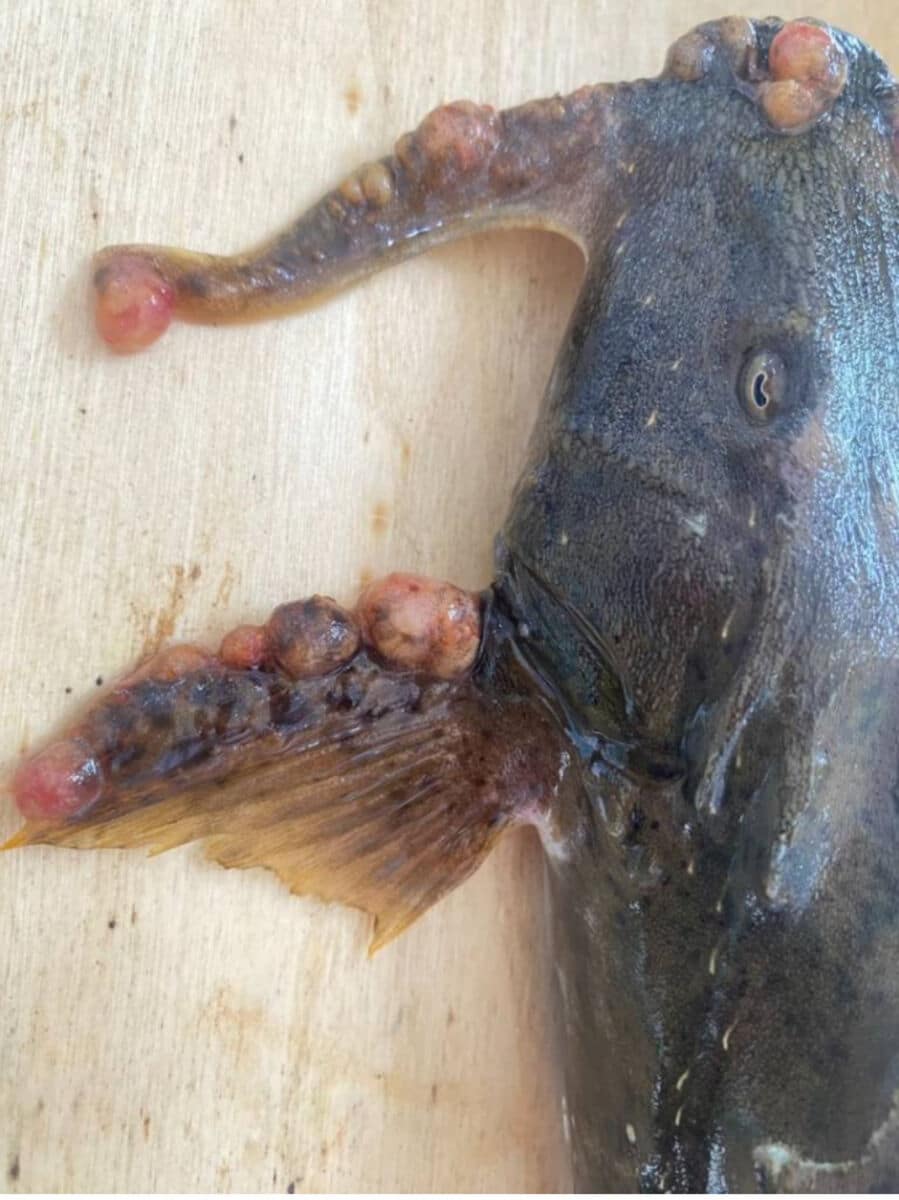
Despite growing concern, government agencies have yet to take a firm stance. The Department of Fisheries has received the lab reports, but no decision has been made about enforcement or clean-up. In the meantime, villagers say they’re left to fend for themselves, said Boonsuk.
“It’s not just about fish. It’s about our future. We need help now, not another report.”
Environmental groups have joined local calls for action, urging transparency, independent investigation, and long-term planning to restore the rivers and protect those who rely on them. For many, the situation has reached breaking point, said Somkiat.
“The authorities say the contamination is within standards. But blisters on fish and lead in their bodies tell a different story. People have stopped eating river fish altogether.”
With toxic fear flowing faster than the rivers themselves, communities across northern Thailand are demanding more than excuses, they want action before their rivers, livelihoods, and health are beyond saving.
Latest Thailand News
Follow The Thaiger on Google News:

















